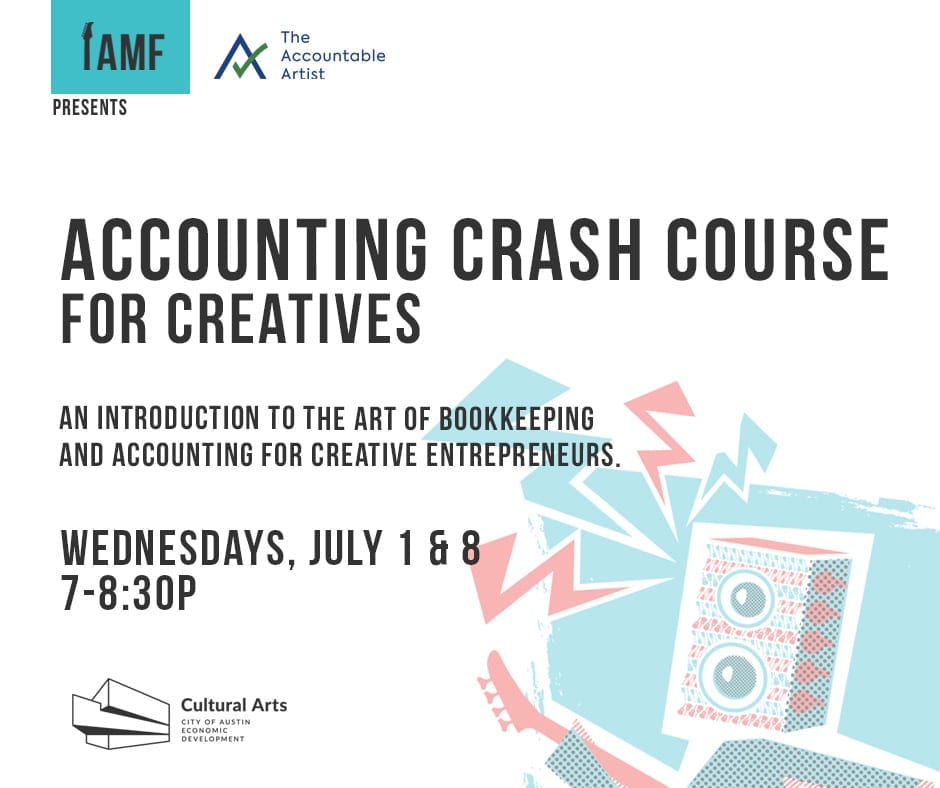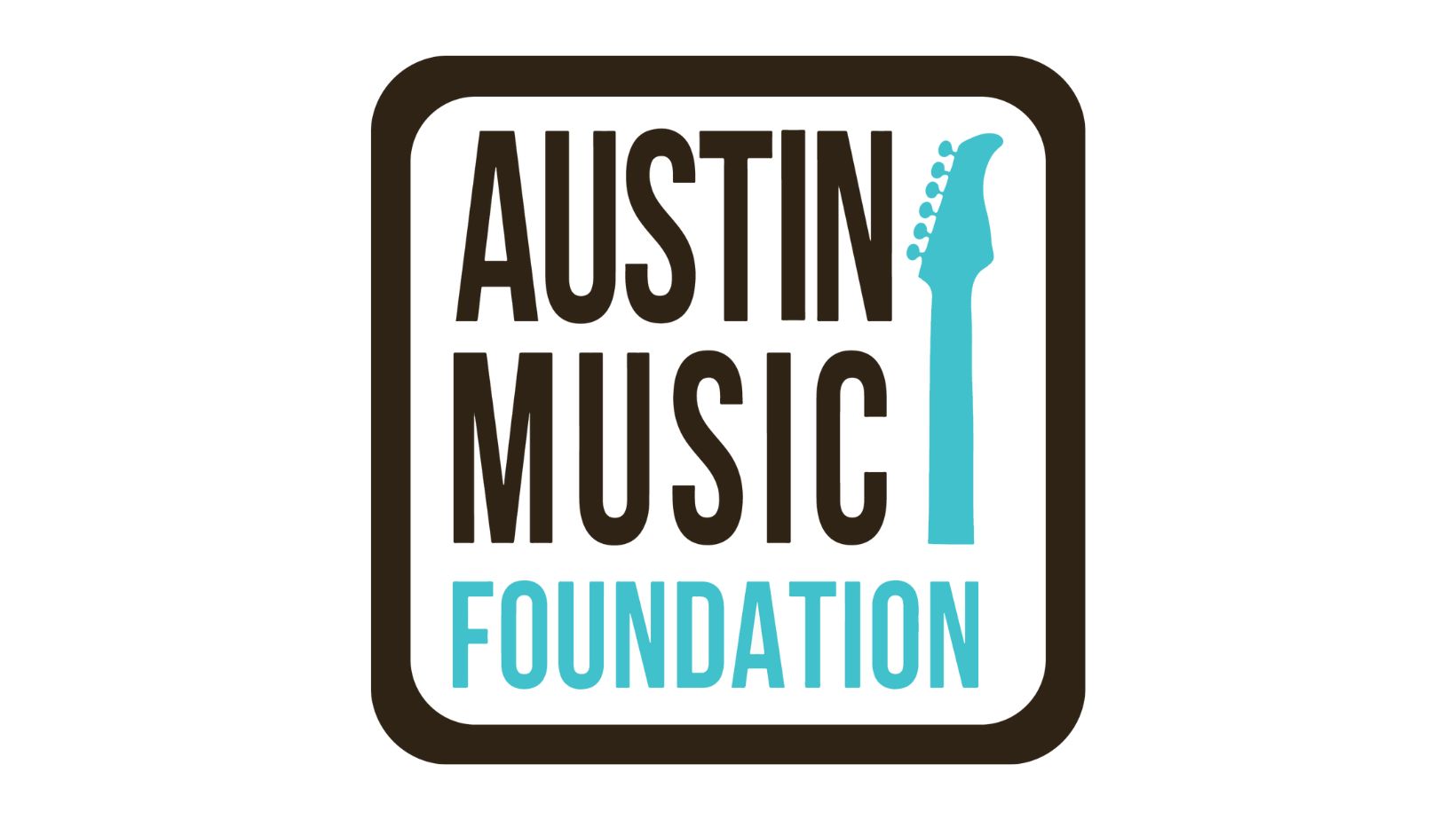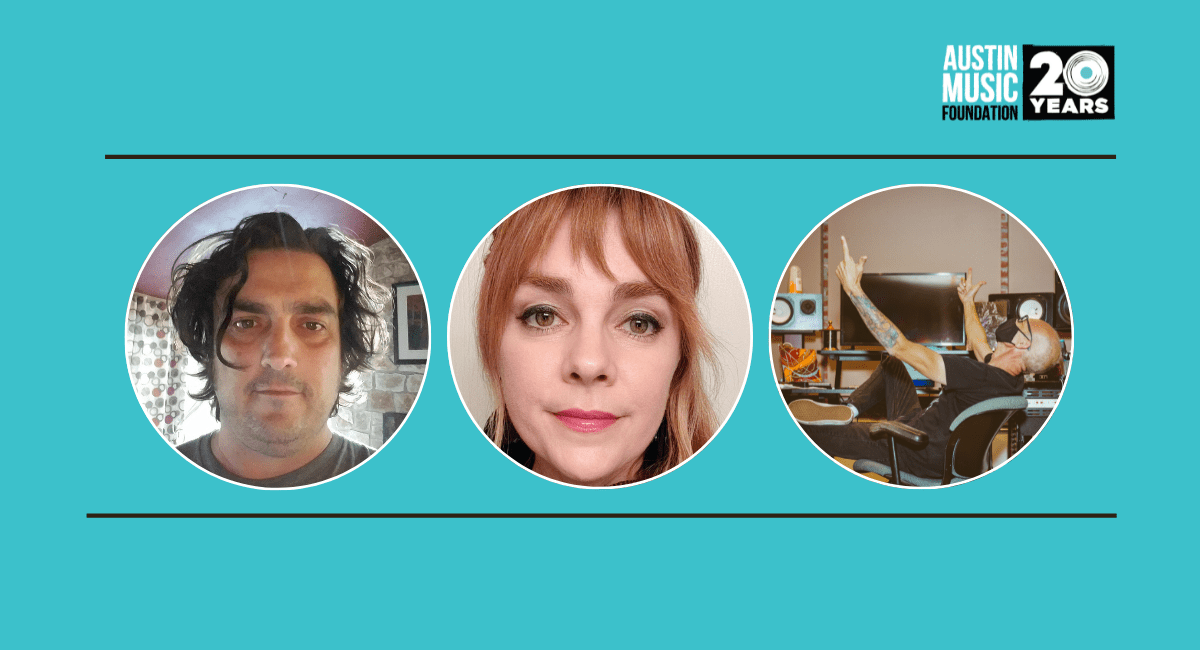Social Media Toolkit For Musicians
Written by Margo Zelle, Marketing & Events Intern

Margo Zelle is a jazz, r&b, and pop musician and influencer based in Austin and Los Angeles. With an Instagram and TikTok following of over 5k and 55k, respectively, she has spent many years learning how to develop herself on social media. On top of her personal followings, she has also worked for multiple entities as a social media manager, monitoring their Instagram, TikTok, Twitter, Facebook, and more. Margo is about to graduate from the University of Southern California with a Bachelor of Music in Jazz Voice and a minor in Music Industry. She has a passion for helping others, and decided her passion for and knowledge of social media–from a musician’s perspective– could be a valuable gift to the music community.
Skip To: General Tips, Instagram Tips, TikTok Tips, Dealing With Harassment, Accessibility Tips
How to balance your social media & musicianship
- Social media is not going anywhere; you pretty much have to participate in it to have a real future withyour career.
- Everything doesn’t have to be perfectly curated – give yourself grace, don’t overthink it.
- Treat your social audience like a live audience – be genuine, but present yourself the way you want to be perceived.
Set goals – baby steps are better than no steps
You’ll find that a lot of these tips can be broken down into smaller steps/chunks to help your achieve greatest success.
Your brand
- Take some time – minutes, days, or months– to really develop a brand for yourself and decide how you want to present yourself on media; this doesn’t mean you should create a fake persona, but decide which parts of you you want to highlight.
- If it makes sense for you and your brand to post every day, do it. If you want your followers to know your opinions (e.g.political ones), share them.
- Be conscious of how you want to be perceived, but in the end you get to make these decisions for your career and presence.
- Know that this can be subjective – in the end, you and your brand should come first.
Things to consider
Think about your values – sometimes you have to be careful what you post. These are mostly dependent on your brand and how you want to be seen on media.
- Politics
- This is completely up to you and how you want your page to be, but keep in mind that politics can be a sensitive topic– consider weighing the pros and cons of posting political content. You might want to refrain or limit posts around hot topics.
- This being said, if you WANT it to bea part of your brand/image, postaway.
- Swearing
- You can do and say what you want, but be cognizant of your audience–if a large part of your audience is children, consider refraining from use of inappropriate language.
- Triggering Topics
- Avoid triggering things– words, topics, and images.
- It’s difficult to accommodate for everyone’s triggers, but somethings are better left unsaid or unposted.
- Again this depends on what you want your audience to know and see about you – if your music is based on a personal traumatic history and you want to share that, just consider the best, possibly more sensitive, way to present it.
- Things like graphic mentions or descriptions of eating disorders, razor blades/cuts or gore, and sexual or domestic violence can be triggering for many (and often can be taken down by social sites).
General tips
how much to post
- You don’t have to do a post every day, but recognize more content will help you reach your goals faster.
- Find a balance between quantity and quality for your audience.
- Give yourself attainable goals – you can start off slow! Maybe start by posting on story 1xa day, posting on feed 1x a week, and posting a reel every 2 weeks.
- You can go up from there – 3 story posts/day, 2 feed posts/week, 1 reel/week; 5 stories, 3 posts, 2 reels, etc.
- Don’t beat yourself up if you don’t reach your goals every week.
Authenticity
- Post about things that make YOU feel something – the goal is to make other people feel something too, even if only barely.
- However, this does NOT mean only post vulnerable or sad things, mix it up with things you are excited about, make you happy, confused, mad, etc.
- You don’t have to post things just because you feel that you have to – try to find a way to post that is encouraging; find a reason to post that makes you happy.
- If it helps, you can think of things as a game and try to find the most fulfilling way to post things that you might otherwise not want to post.
Feed diversity
- Don’t only post music! Try to add a bit of your own life, even just here and there.
- If you really love posting musical content, try to make every 5th post more life oriented.
- This can even include maybe going to a show or event you really enjoyed, your favorite meals for the past week, FRIENDS!!, significant others, date nights or solo selfcare nights, etc.
- Mess around with different filters or editing styles and see what does well for your audience or even your own taste.
- Mix up photo and video – this definitely depends on what type of content you make, but generally speaking posting more photo content, at least on your actual feed, is a good idea.
Collecting content
- You can take photos and/or videos of almost anything.
- Alternatively, ask friends/family/partners to do it! – maybe ask them to take extra random/candid photos of you on top of intentional posed ones.
- Self timers work! Set up your device on anything and take a self timer.
- Content of you/your music or artistry is preferable but anything helps – your interests, friends and family, pretty skylines, nature, etc.
Find your niche
- Find something you are good at that no one else (or very few) are good at, people will follow you for it.
- Take time to test different skills and different types of content – if you’re like me you’ll stumble into a niche you’d never know would be so popular.
Collaborations
- Try to reach out to peers and collaborate some.
- Make goals (again baby steps!) to reach out to people more.
- Ask someone to coffee or lunch, ask to jam, ask to write together, etc.
- However, don’t be creepy– Be careful how you approach people; what you say and how you say it can make a huge difference; don’t repeatedly follow up if you don’t get the response you wanted or no response at all.
- Try reaching out to both big fish and little fish – maybe every week reach out to one smaller artist or business and one bigger or more well known one (you never know what might happen!)
- Use Vampr to connect with other music makers in your area (use code MARGO10 for10% off!).
Quality vs. Quantity
- It changes a little depending on the platform, but remember that you don’t ONLY have to post high quality things, and you don’t HAVE to post 3 times a day; find a balance that makes sense for you and what you do.
- Maybe this means posting something high quality 1 week, and then posting 3 lesser quality posts the following week.
- Note: High-quality doesn’t necessarily mean high definition, but rather the amount of time and effort consumed to make a post.
Engagement
- Interact with other people’s posts -Instagram will reward you for it in a way.
- Again it can be smaller goals – comment on 5 photos and like 20 per day, then comment on 10 and like 50 per day, etc.
- Don’t just comment generic things or suggested comment emojis – every once in awhile is fine, but try to come up with creative comments, as getting likes on your comments can boost your own engagement.
- Repost peoples posts occasionally (as mentioned about stories) – new releases, cool or impressive things, or maybe your friend just looks pretty! Boosting other people also helps you.
- Tag people! You can tag people in the photo, but don’t be afraid to also tag brands or companies you want to get the attention of; if you’re in Austin, tag @austinmusicfoundation as we will occasionally repost things we get tagged in.
Instagram tips
Feed theme
- Consider giving your feed a theme.
- You can use apps (ex: Preview, unum, Plann) to plan out your feed.
- You can use color themes, similar filters, or similar posting patterns (i.e. every 3rdpost is red themed or a selfie), etc.
- You can use archive tool to post things that will eventually make your feed look more interesting or coherent but not be immediately put on other people’s feeds.
- Note: try not to get too trapped in a theme – if its a lot harder for you to post things when there’s a specific theme, switch it up, make it less of a priority, or drop it entirely.
Story Posts
- Posting on your story is one of the easiest ways to gain traction on your account.
- The more you can get your content and your artistry in front of people, the more likely they are to follow you/follow along with you and become a fan.
- Easily repost things you find funny, interesting, exciting, etc.
- You can also repost things your friends or fellow musicians post – promote your peers! It’s a great way to get other artists to notice you too.
- Do some questions every once in a while – you can have people ask you questions or you can ask your audience questions.
- Do polls! Make a quick poll (ex: do you like cats or dogs more) – people love to answer a quick cute little question.
- Tag people in your stories – this can be brands, friends, companies, etc, and you can even hide it (retroactive add mentions) if you dislike the appearance of a bunch of tags.
- You don’t need to post on your story 50 times a day (in fact I generally advise against that, as people are more likely to swipe on your story if they see you have 50 slides); 3-10 times is super reasonable and will get peoples’ attention without being overwhelming or annoying.
Captions
- How you caption and what you caption can be an important part of your brand.
- Take some time to think about what you want to say, but you don’t need to overthink it – do what comes naturally.
- Longer captions are generally better these days, but no one really wants to read more than 30 seconds to a minute or a full phone page about your breakfast this morning… be cognizant but remember in the end it’s your choice (do as you please!).
Hashtags
- You can put hashtags in captions, but if you dislike the way it looks you can also add them as a first comment and the post will get the exact same attraction/engagement.
- Tip: keep a list of hashtags (notes appworks fine!) to use, and try to think niche and broad (ex: #(YourName) #(YourCity)#Musician #MusicLover #(YourFavoriteArtist) #Photography , etc); you can have multiple versions of hashtag batches for different occasions.
- Accessibility Note: It’s best to capitalize the first letter of each word in a hashtag so that they are able to be processed accurately by screen readers. If you make them all lowercase it will be misread and sound like gibberish.
Locations
- Add locations where you can – both on your stories and posts
- Can be broad or specific (ex: Los Angeles, Hollywood Sign, etc.)
- Careful not to explicitly give your own address away though!
- Safety Note: If you want to post your specific location, do so after you have left. You never know who is following you or who might use your location information to harm you.
TikTok Tips
Quality vs. quantity
- You can get away with doing high quantity or or high quality.
- Ideally you would do both, but sometimes you should choose.
- This largely depends on what type of content you post– my most popular content is easily and quickly created and therefore I can post more often, but some people’s best content takes weeks.
- Again make goals – 1 TikTok a week, 1 a day, 3 a day, etc.
- You can plan ahead and mass produce some and then post throughout the week (drafts are a lifesaver!).
Collab, duet, stitch
- Reach out to people to make TikToks together (irl or online).
- If you see a post you want to add something to musically, duet it!
- If you see a post you want to make public commentary on, stitch it!
- On the flip side, try to create things (at least occasionally) that people might want to respond to, duet, or share.
Use Trending sounds & Hashtags
- There are creators who will let you know about trending sounds and hashtags early, but you can also just keep an eye and ear out for them.
- For trending sounds, try to twist them into something related to your music or life for an even greater effect.
- Check the TikTok creative center online to see stats on what is doing well.
Sound
- Make sure your sound is clear and loud enough to match the volume of other posts on your For You Page.
- You can use a physically held mic (small one attached to phone or a real recording mic), headphones, or regular phone microphone.
- You can record things and mix them for even better sound quality, but this is not necessary.
- Accessibility Tip: include closed captioning on your posts as often as you can; this is often done automatically but make sure it is turned on and don’t be afraid to add extra captioning to help describe what is in the video (the TikTok creator @violadagoombadoes a great job of this).
Lighting, Angles, Background
- People have preferences for lighting, angles, and backgrounds, and so does TikTok.
- Natural lighting tends to do the best, but a ring light will work in a pinch; darkly lit TikToks rarely do as well as well lit ones.
- Know your best angles, but generally straight on (or so) will do best.
- For backgrounds you basically have two options: something simple and clean, or something with a lot of interest (bonus points if it’s something people will comment about).
Dealing with harassment
Harassment and hate comments are pretty much inevitable, so learn how to handle them.
- Make jokes out of it.
- Ex (things I might say): “okay <3” “go to therapy” “this one made me laugh” etc.
- Be confident, even if it’s a little bit of a lie.
- Embrace your flaws! People won’t offend you when they say something like “your nose is huge” if you already love your big nose <3 you can respond with a good “I know :)” or just let it pass.
- Block or report people, especially if the hate or harassment is consistent.
- If someone makes a particularly inappropriate comment (especially if you are a minor), you can report it (different ways on different platforms, don’t be afraid to research).
- Have friends or even fans respond to things so you don’t have to – it depends on your following, but oftentimes someone else can help respond something so that you don’t have to; don’t be afraid to text a friend for assistance.
- Try to see things from other people’s perspective. Not in a “how will x, y, z people judge me” way, but a “what would the large majority of my following think of what I post/say/do.”
Accessibility
Alexa Heinrich and the team at Accessible Social have a great set of resources for how to make social media more accessible. Here’s a great post checklist to make sure that all of your posts are as accessible as possible.
Closed captions
- Every time you post a video, you should include closed captions. Whether it’s a video on Instagram stories, in a Reel, or in a TikTok, it should include captions. Fortunately, Instagram and TikTok have both included auto-captioning functions.
- On Instagram you will find the option as a sticker. Once you have finished recording your video in either stories or reels, select the sticker option and choose the caption sticker.
- On TikTok you will find the option in the options on the right-hand side of the screen. If you see any errors, you can correct them by clicking them and changing the text.

Image Description
- A more in-depth description of your image that provides the context and details of the image. This would be included in the body of your post as close to the image as possible. On social media, you would include it in the caption.
- Example: [Image Description: Color photograph of Lou Priest. Lou has light brown, wild curls and very light hazel eyes. She is wearing a black leather jacket and large earrings. She is leaning back against a large, gray rock and is surrounded by trees. In the foreground you can see an out-of-focus purple flower. She is strumming a guitar thoughtfully, her face turned upward, looking skyward. Her smile is curious.]
Alt Text
- A short description of your image that is built into the image tag and code of the website. It usually has a max of 140 characters.
- Example: Photograph of musician Lou Priest holding a guitar.
If you can adequately describe your image in the alt text’s character limit, then you can leave it at that. If your image requires additional context, you can add an image description to your caption.
Things To Remember
- Most of these points are flexible and depend on what you want your brand/image to be.
- Things regularly fluctuate on social media.
- Don’t beat yourself up if you don’t get the results you want immediately.
- Keep at it with baby steps – it’s a long game.







